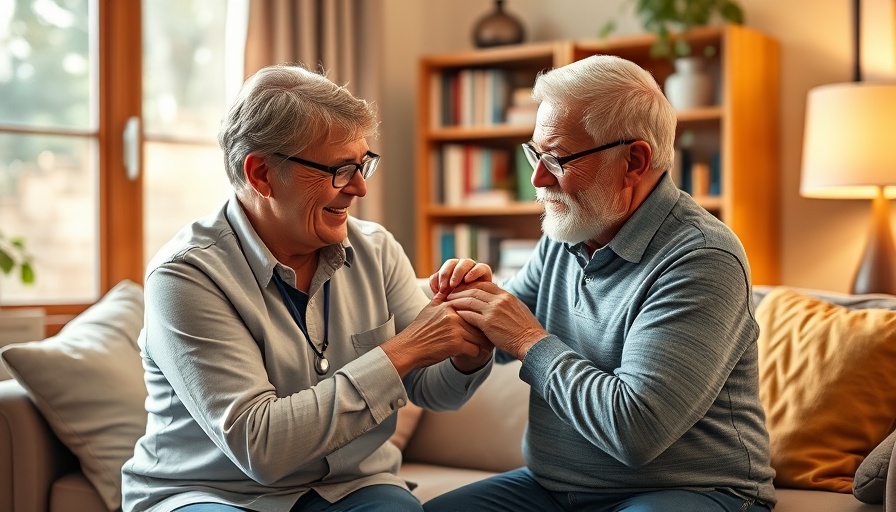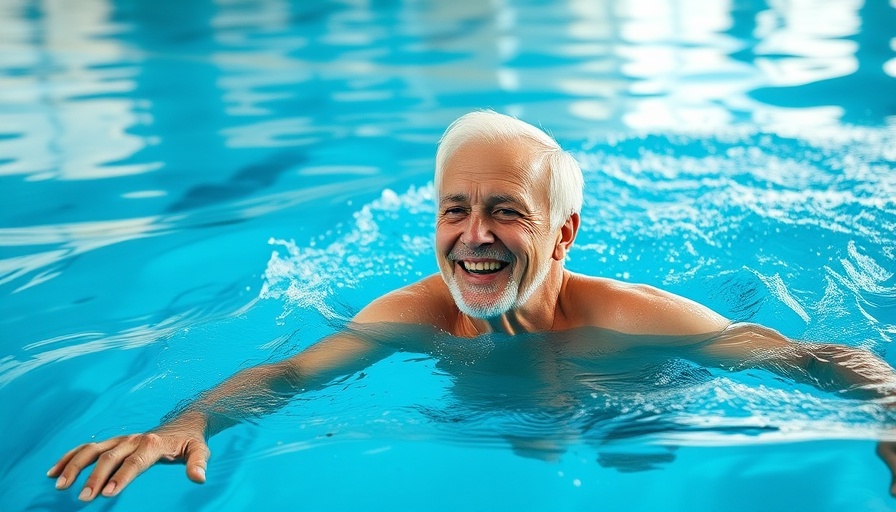
Mathieu van der Poel's Struggle with Pneumonia: A Wake-Up Call
The cycling world was recently shaken when Mathieu van der Poel, the renowned Dutch cyclist, suffered from pneumonia at the young age of 30 while competing in the Tour de France. This unfortunate event has raised critical questions about the prevalence of pneumonia and what can be done to prevent it, particularly among older adults. Pneumonia, a serious lung infection, can affect anyone, but the consequences are often graver for those with weakened immune systems, including the elderly.
Understanding Pneumonia: Causes and Symptoms
Pneumonia can be caused by various pathogens, including bacteria, viruses, and fungi. Symptoms may range from mild to severe and typically include a persistent cough, difficulty breathing, and fever. Older adults, in particular, may experience less typical symptoms, like confusion or general weakness, making it vital for both individuals and caregivers to remain vigilant about these changes.
Why Older Adults Are at Higher Risk
As we age, our immune systems naturally weaken, making us more susceptible to infections including pneumonia. Chronic conditions such as diabetes or heart disease can exacerbate this risk further. For older adults, preventive measures are crucial. Getting vaccinated against pneumonia and the flu not only protects individuals but also reduces the strain on healthcare systems during peak seasons.
Vaccination: A Vital Protection Step
Post-van der Poel's ordeal, health experts emphasize the importance of vaccination. Older adults are particularly advised to receive pneumonia vaccines, as the CDC recommends the pneumococcal vaccine for anyone over 65. This can dramatically decrease the likelihood of severe illness or hospitalization. By staying informed and vaccinated, individuals can take charge of their health, continue to enjoy vibrant lives, and engage in activities they love.
Actionable Steps to Boost Your Immunity
Aside from vaccinations, there are additional proactive steps older adults can take to bolster their immune systems and lower the risk of pneumonia. Regular exercise, a well-balanced diet rich in antioxidants, staying hydrated, and getting adequate sleep all contribute to stronger immunity. Incorporating moderate physical activities, such as walking or swimming, can help keep the lungs healthy and reduce the risk of respiratory infections.
The Importance of Regular Health Checks
Routine health assessments are essential, especially for older adults. Regular visits to healthcare providers can help catch potential issues early. During these visits, discussions about vaccinations, lifestyle adjustments, and observing any atypical symptoms of respiratory illness should be scheduled to ensure comprehensive care.
Learning from Mathieu: What We Can Do
The narrative of athletes like Mathieu van der Poel reminds us that health challenges can affect anyone, irrespective of their age or fitness level. This incident serves as a poignant reminder for older adults to review their health management strategies actively. Fostering awareness about pneumonia prevention can save lives, particularly in more vulnerable populations.
In conclusion, while pneumonia can indeed pose severe risks, especially to older adults, being proactive through vaccination, maintaining a healthy lifestyle, and regular check-ups can significantly mitigate those risks. By prioritizing health and well-being, we can continue to live fulfilling, active lives well into our later years.
 Rij toevoegen
Rij toevoegen






Write A Comment